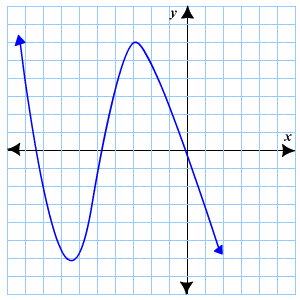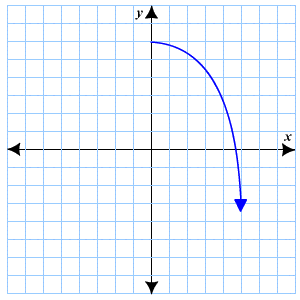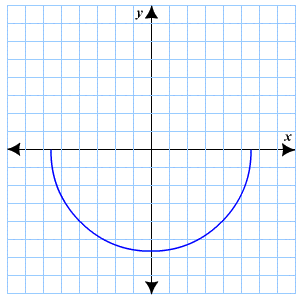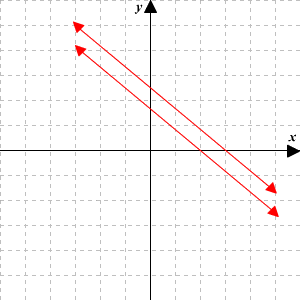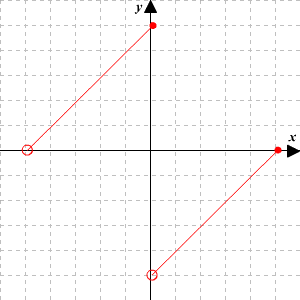e = 2.71828 2nd + LN - those are the buttons you need to press to get to e.
Here is an example that Mr max introduced:
During 1991,
140000 people visiting the Amusement Park
1995,
373 000 people visiting the Amusment Park
a) F(t)* t is x * = 14 0000 e 0.245t
b) F(t) = 140000 e 0.255t
c) F(t) = 233000 e 0.245t
d) F(t) = 233000 e 0.255t
That A-value is the y-intercept, so we know we have to get rid of C and D.
If you put in 140000 times E to the power of .245x, into the y= ..
Nothing will happen till you do something smart with your window settings.
________________________________________________
There was a type of questions that Chev brought up, here is what I caught from the discussion we had.
Endangered Species type of Question:
There is a list of information on numbers you will get with the question.. with that info, you do the following:
Remember:
Press :Stat + Enter, then you see the Lists. Put the info in!.
You load, the year into L1, population into L2, and Log P into L3.
There will be two parts of it that it'll tell you to do, a) and b).
a) Find the linear equation of the year&LogP
If you press, Stat + Calc + LinReg (ax+b) *number 4* + 2nd + L1*number 1* + comma + L3 .... enter.
b) Exponential equation of year&LogP
If you press, Stat + Calc + ExpReg* number 0* + 2nd + L1 + comma + L3... enter.
a.. LinReg L1,L3 (just to help you).
b.. ExpReg L1,L2
__________________________________________________
Just a couple reminders:
- 25 Accelerated Math Objectives due tomorrow!
- Math test on Tuesday
- Moga Madness today!
- Happy Halloween!
























